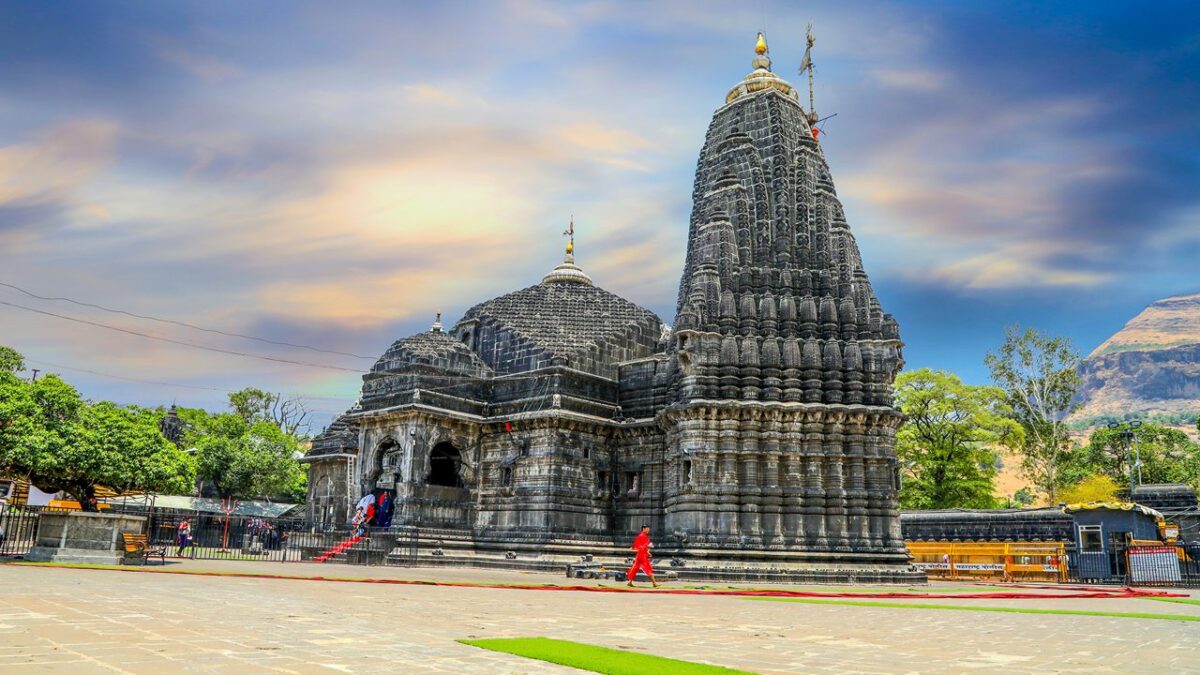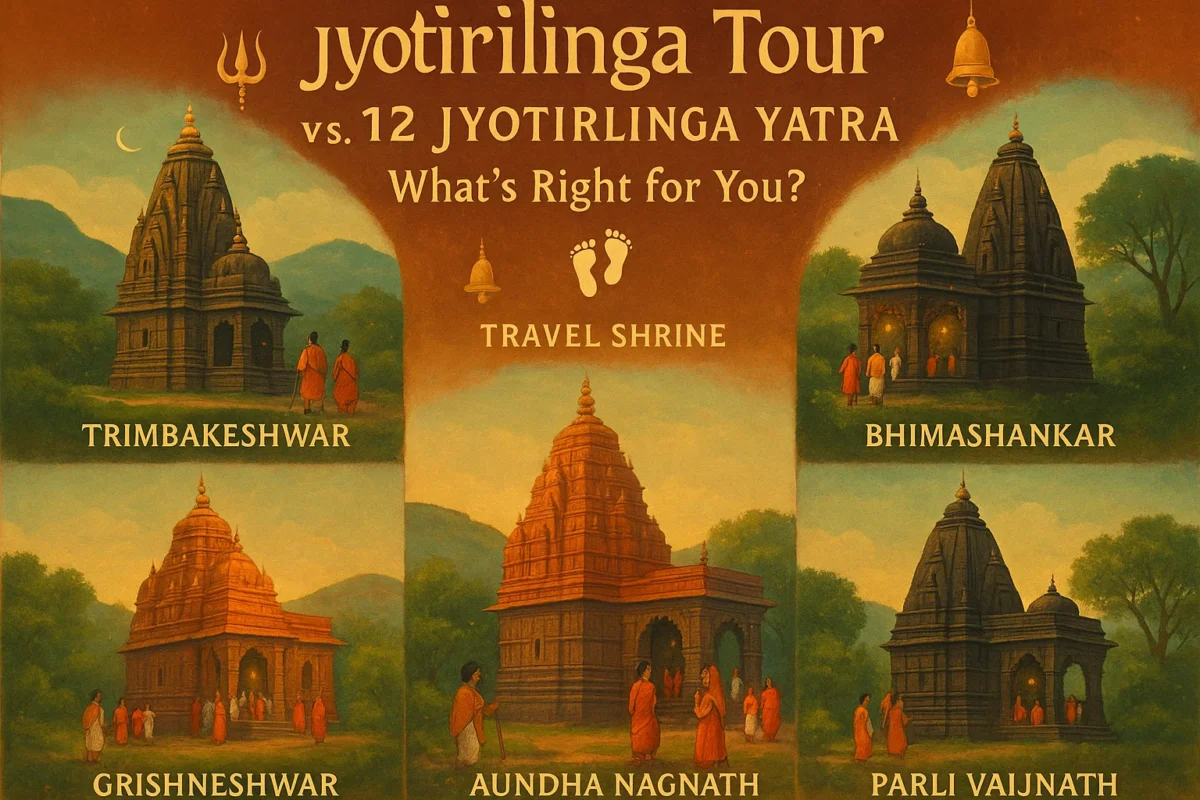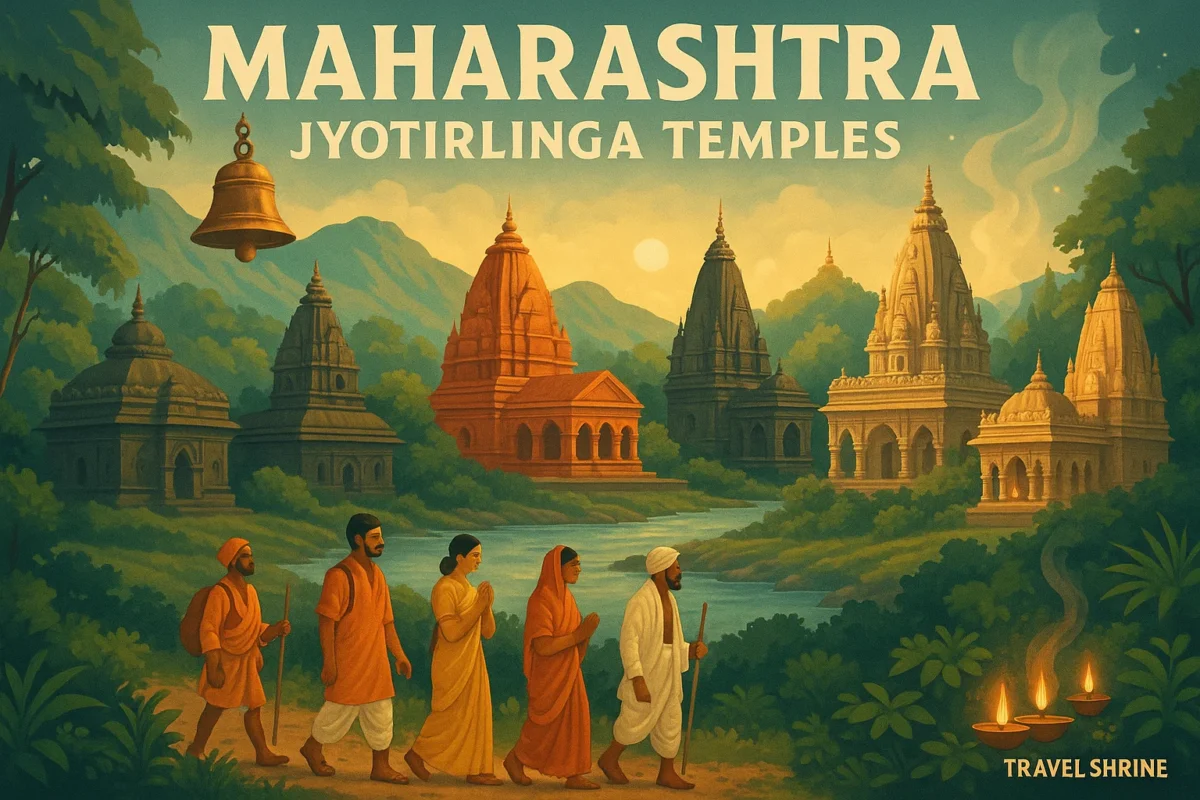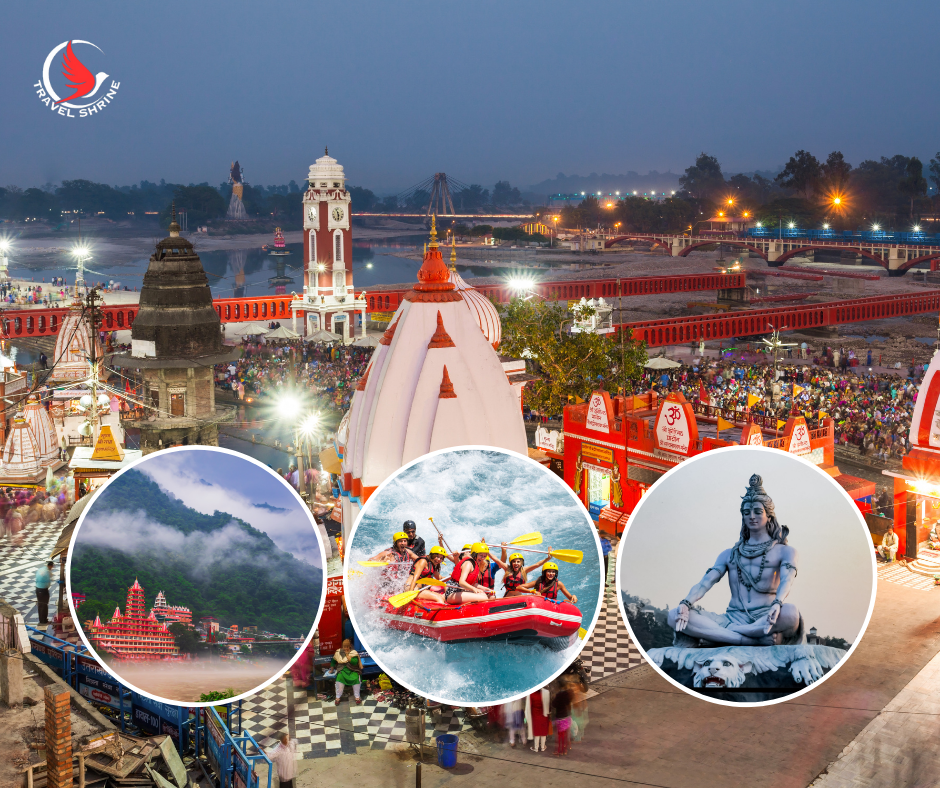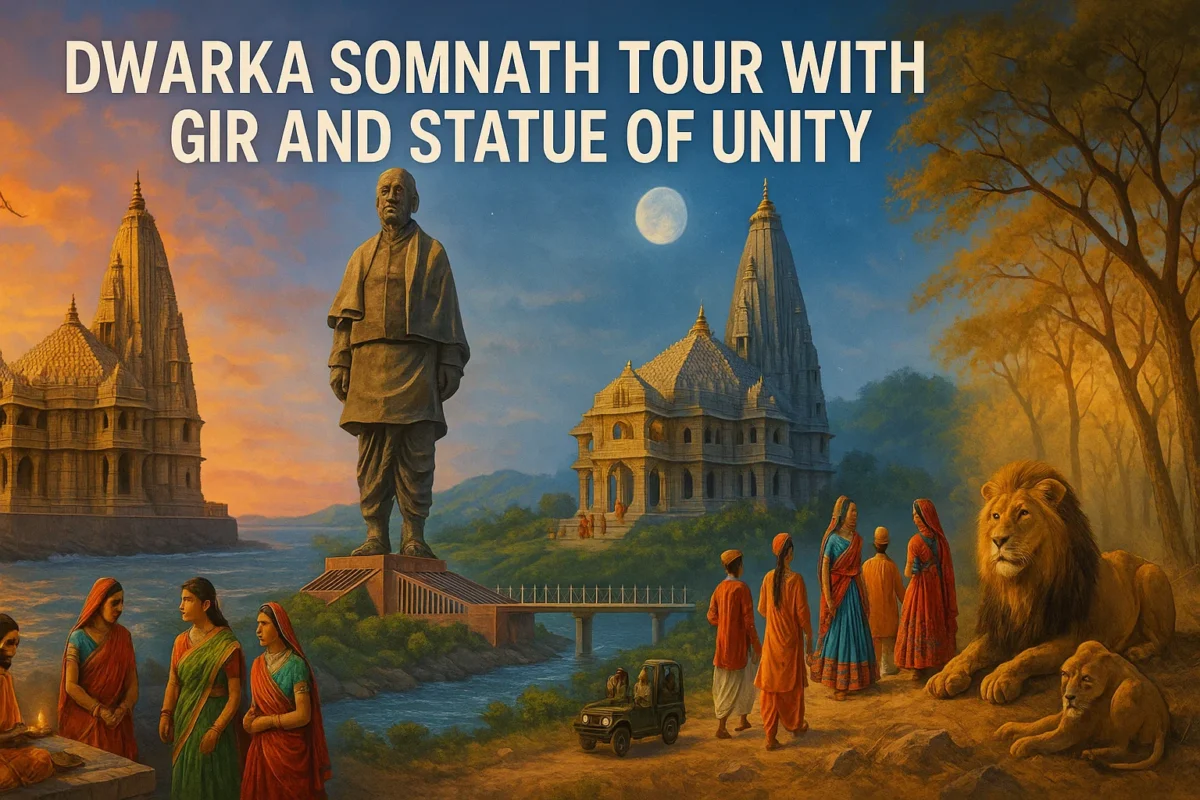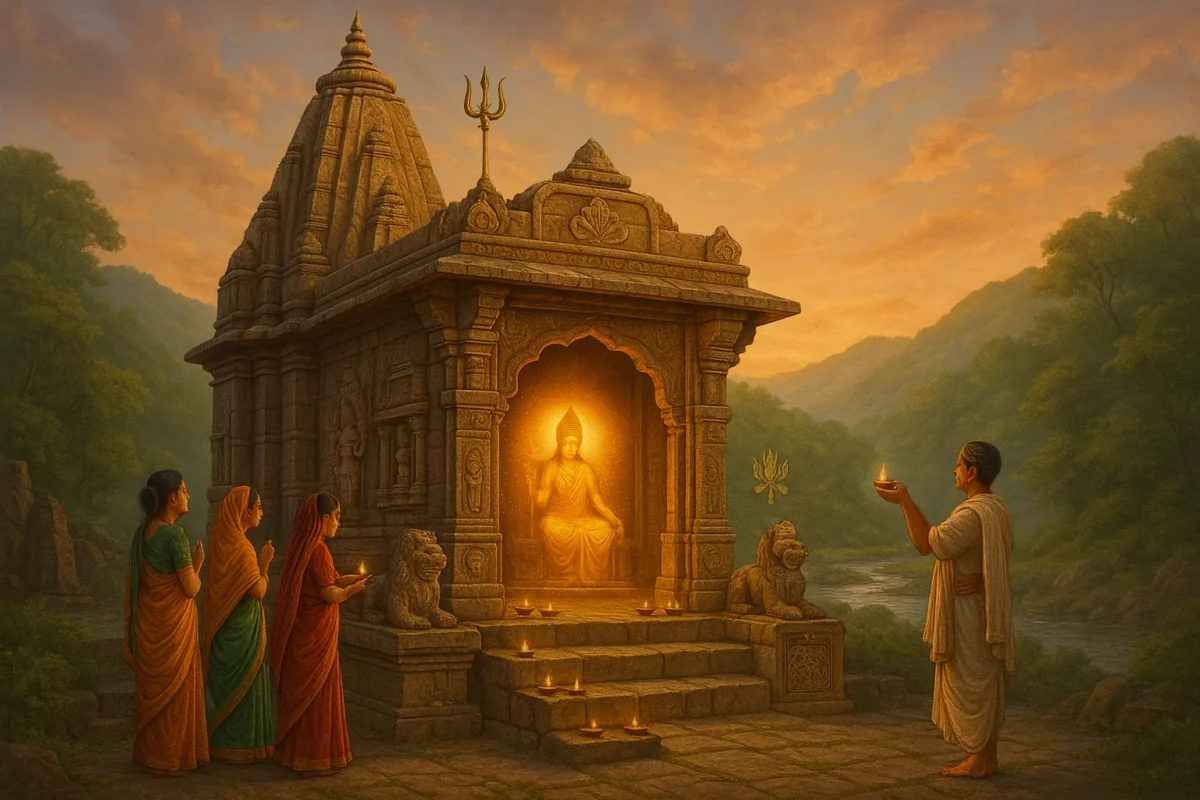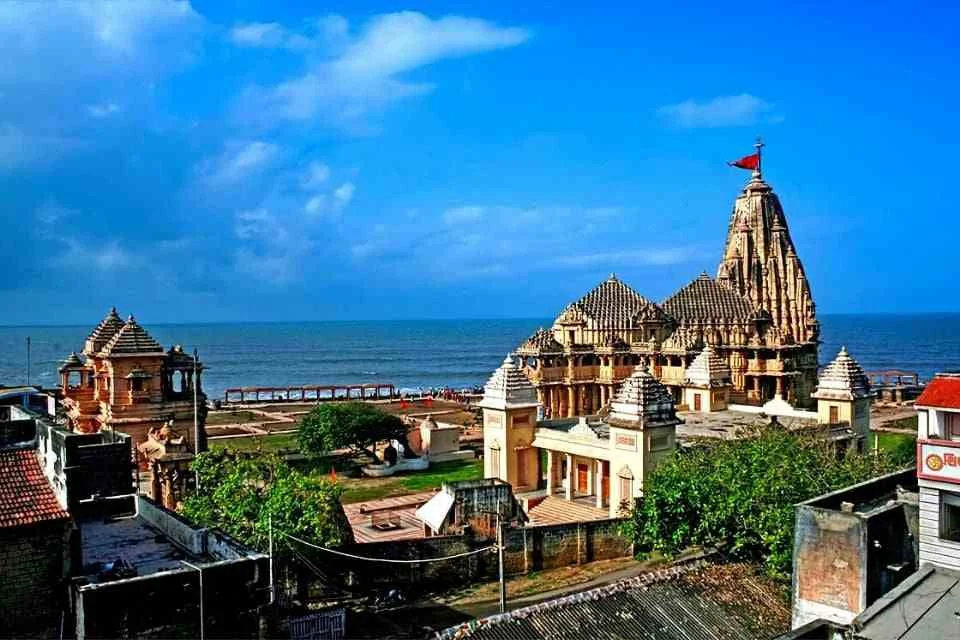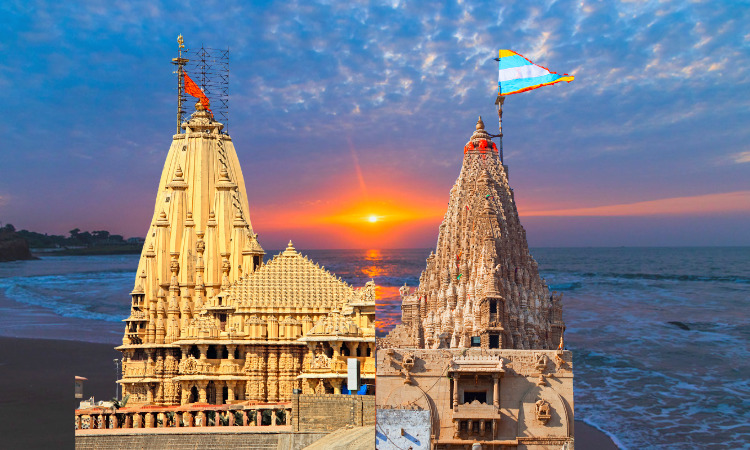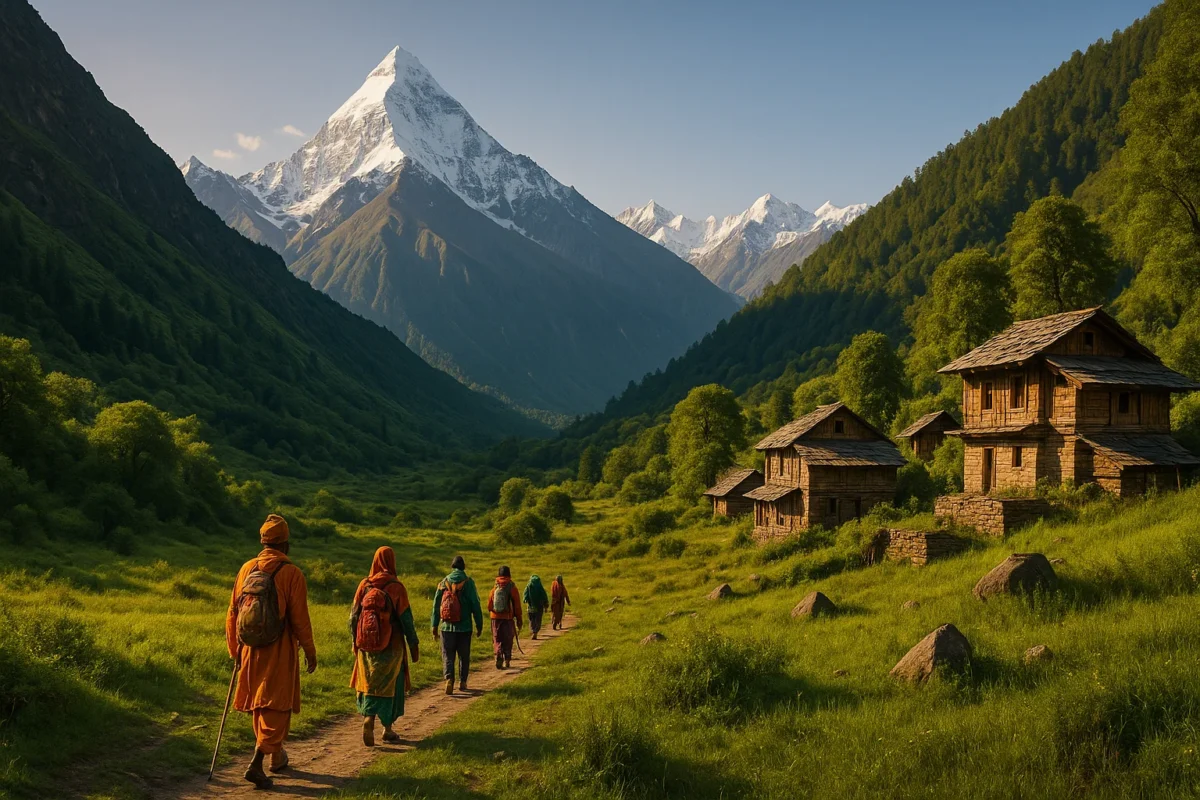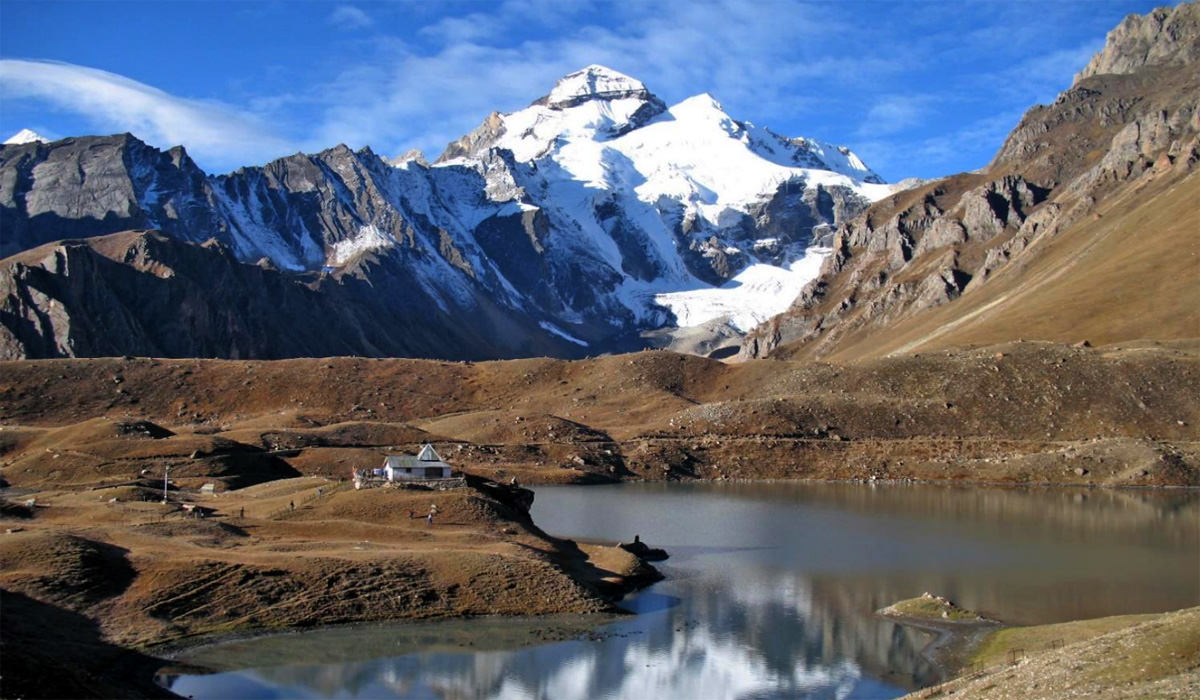Complete Guide to Maharashtra Jyotirlinga Tour, Tips & Must-sees
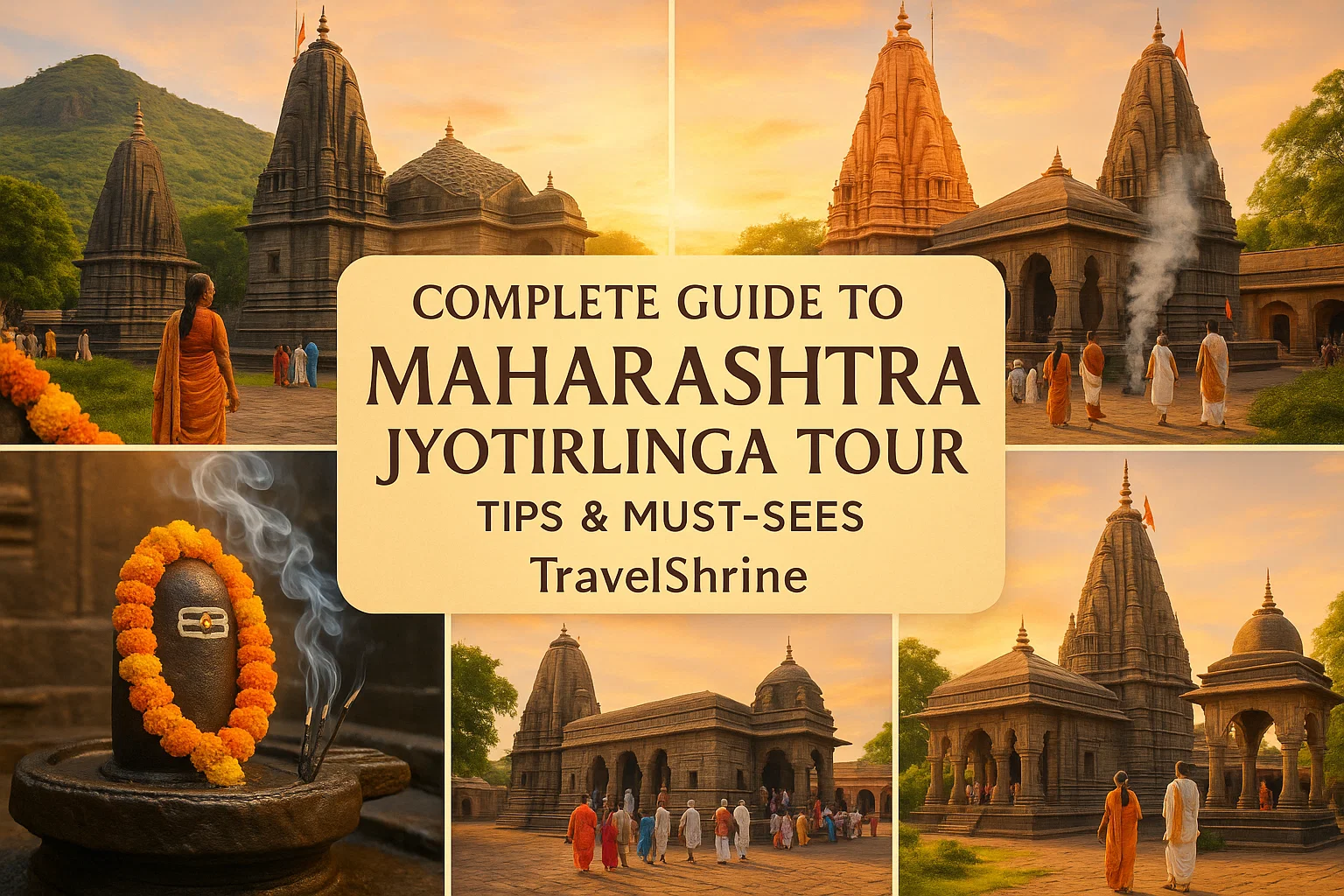
Imagine starting a journey where spirituality meets peace, where old temples share stories of divine power, and where every step feels like a connection to something greater. The Maharashtra Jyotirlinga Tour is more than a pilgrimage—it’s a meaningful trip through the heart of India’s spiritual landscape. With five of the twelve sacred Jyotirlingas in Maharashtra, this state draws devotees and travelers seeking blessings and cultural experiences. Whether you’re a follower of Lord Shiva or a curious explorer, this journey will leave you enriched. With Travel Shrine as your trusted guide, planning this sacred trip becomes easy, personalized, and memorable.
In this guide, we’ll cover the five Jyotirlingas of Maharashtra—Trimbakeshwar, Bhimashankar, Grishneshwar, Aundha Nagnath, and Parli Vaijnath. We’ll share itineraries, practical tips, must-see highlights, and advice to make your pilgrimage smooth and meaningful. Let’s start this divine journey together!
The 5 Jyotirlingas of Maharashtra
Maharashtra is home to five of the twelve Jyotirlingas, sacred shrines dedicated to Lord Shiva, believed to be self-manifested lingams with divine energy. Each temple has its own history, architecture, and spiritual importance, making the tour a mix of devotion and discovery.
Trimbakeshwar Jyotirlinga: The Source of Divinity
Located near Nashik, Trimbakeshwar is a highly respected Jyotirlinga, set at the foot of the Brahmagiri hills. It’s unique for its three-faced lingam, symbolizing Lord Brahma, Vishnu, and Rudra (Shiva). Legend says the Godavari River, one of India’s holiest, begins here, adding to the temple’s importance. Devotees visit for the Kalsarpa Dosha Puja to ease astrological issues. The temple’s black stone architecture and calm surroundings create a peaceful atmosphere.
Bhimashankar Jyotirlinga: A Sanctuary in the Sahyadris
Set in the green Sahyadri hills near Pune, Bhimashankar is a spiritual spot surrounded by forests and the Bhimashankar Wildlife Sanctuary. The Jyotirlinga here is said to represent Lord Shiva in his Ardhanarishwar form, showing the union of masculine and feminine energies. A legend tells of Lord Shiva’s battle with the demon Bhima, blessing this site with divine presence. The temple’s constant water flow, believed to be Shiva’s sweat, adds a special touch. It’s also great for nature lovers, with trekking trails and waterfalls nearby.
Grishneshwar Jyotirlinga: The Final Abode
Near the Ellora Caves in Aurangabad, Grishneshwar is considered the last of the twelve Jyotirlingas. Built from red basalt stone, its five-tiered shikhara and detailed carvings show ancient craftsmanship. Legend says a devotee named Kusuma’s faith brought Lord Shiva to this site, making it a symbol of devotion. Its location near Ellora makes it a must-visit for those mixing spirituality with history.
Aundha Nagnath Jyotirlinga: The Ancient Protector
In the Hingoli district, Aundha Nagnath is believed to be the eighth Jyotirlinga and one of the oldest, with ties to the Mahabharata era. It’s said that Yudhishthira, the eldest Pandava, built this temple during his exile. Devotees believe praying here protects against poisons, and the lingam’s south-facing orientation adds to its uniqueness. The temple’s basement shrine, guarded by snake sculptures, creates a special ambiance.
Parli Vaijnath Jyotirlinga: The Healer’s Haven
Located in Beed district, Parli Vaijnath is known for its healing powers. The lingam here is believed to hold the power of Amrit (divine nectar), hidden by Lord Vishnu, offering health to those who touch it. The temple, on a small hill, is a strong stone structure, giving a sense of calm. Its link to HariHara (worship of Vishnu and Shiva together) makes it a unique stop.
Planning Your Maharashtra Jyotirlinga Tour
A well-planned itinerary is key to experiencing the spiritual and cultural depth of this pilgrimage. With Travel Shrine, you can customize your journey to fit your pace, preferences, and budget. Below are two sample itineraries—one for a full 6-day tour and another for a shorter 3-day trip covering three Jyotirlingas.
Itinerary: The Complete Pancha Jyotirlinga Tour
Best Time to Visit Maharashtra Jyotirlinga Tour
The best time to go is from October to March, when the weather is pleasant, with temperatures between 15°C and 30°C. Monsoon (June to September) is scenic, especially at Bhimashankar, but heavy rains can make travel hard. Festivals like Maha Shivratri (February/March) and Shravan (July/August) draw crowds, so book early with Travel Shrine to secure VIP darshan and accommodations.
Transportation Tips
-
By Air: Mumbai, Pune, Aurangabad, and Nanded have the nearest airports.
-
By Train: Nashik, Pune, Aurangabad, Hingoli (for Aundha Nagnath), and Parli have railway stations.
-
By Road: Hiring a private cab through Travel Shrine is best for flexibility and comfort. Drivers who know temple timings and routes ensure a smooth trip. Public buses are available but need more planning.
-
Car Choices: For families, book an SUV like Innova or Scorpio; for solo travelers or couples, a sedan like Dzire works well.
Accommodation Advice
Choose hotels or guesthouses near the temples for convenience. Travel Shrine offers packages with well-chosen accommodations, including budget and premium options. In Nashik, stay near Trimbak for easy access to Trimbakeshwar. In Aurangabad, hotels near Grishneshwar offer proximity to Ellora. For Parli and Aundha Nagnath, basic but comfortable lodgings are available. Book in advance during peak seasons.
Pilgrimage Tips and Cultural Highlights
Pilgrimage Tips
-
Dress Modestly: Wear traditional or conservative clothing (sarees, salwar kameez, or kurta-pajama) to respect temple customs.
-
Plan Darshan: Book special pujas or VIP darshan through Travel Shrine to avoid long queues, especially during festivals.
-
Health Precautions: Carry a first-aid kit, medications, and stay hydrated. The hilly areas of Bhimashankar may require good walking shoes.
-
Respect Local Customs: Foreign visitors are welcome but should avoid photography inside sanctums and follow temple rules.
Packing Guidance
Pack light but include:
-
Comfortable clothing for warm days and cool evenings.
-
A shawl or scarf for temple visits.
-
Reusable water bottle and snacks for long drives.
-
Sunscreen, hat, and umbrella for outdoor exploration.
-
A journal to note your spiritual thoughts.
Festival Insights
Visiting during Maha Shivratri or Shravan is special, with temples decorated with flowers and lights. Trimbakeshwar hosts the Kumbh Mela every 12 years, a rare experience. Parli Vaijnath’s HariHara festival, celebrating both Shiva and Vishnu, is a unique cultural event. Check festival dates with Travel Shrine for a tailored itinerary.
Local Food and Culture
-
Nashik: Try misal pav, a spicy lentil curry with bread, or visit Sula Vineyards for local wines.
-
Aurangabad: Enjoy Mughlai dishes like biryani or kebabs, reflecting the city’s history.
-
Parli and Aundha Nagnath: Eat simple Maharashtrian thalis with bhakri (millet flatbread) and pithla (gram flour curry).
-
Bhimashankar: Sample vada pav or local sweets like puran poli at roadside stalls.
Maharashtra’s culture shines through its warm hospitality, lively festivals, and old architecture. Talk to locals to hear stories of the temples’ origins, adding depth to your journey.
Personal Stories: Travelers’ Experiences with Travel Shrine
Ramesh, a devotee from Delhi, shared his experience with Travel Shrine: “I was worried about planning my first Jyotirlinga tour, but Travel Shrine made it easy. Their driver knew every route, and the hotel in Aurangabad was great. Visiting Grishneshwar felt like stepping into history, and the peace at Trimbakeshwar stayed with me.”
Anita, a solo traveler, said, “As a woman traveling alone, I felt safe with Travel Shrine’s guided tour. The guide shared interesting stories about Aundha Nagnath, and I loved the calm vibe at Parli Vaijnath. It was a journey of self-discovery.”
These stories show how Travel Shrine makes a pilgrimage personal and enriching, catering to different travelers with care and expertise.
Why Choose Travel Shrine?
Travel Shrine specializes in creating spiritual journeys that blend devotion with comfort. Their packages cover transportation, accommodations, meals, and guided tours, with options for special pujas and VIP darshan. Whether you’re starting from Mumbai, Pune, or Delhi, their team ensures a smooth experience, with 24/7 support and knowledgeable drivers. Their focus on affordable pricing and personalized itineraries makes them the ideal partner for your Maharashtra Jyotirlinga Tour.
Start Your Spiritual Journey Today
Ready to begin a meaningful pilgrimage to Maharashtra’s sacred Jyotirlingas? Let Travel Shrine guide you with expertly planned itineraries and heartfelt support. Contact their team at +91 9625035551 or visit Our website to book your tour package, customize your itinerary, or get travel advice. Don’t miss the chance to experience the spiritual heart of Maharashtra—start planning with Travel Shrine today!
FAQ: Common Questions About the Maharashtra Jyotirlinga Tour
Q: How many days are needed to visit all five Jyotirlingas?
A: A full tour takes 5-6 days, but a 3-day itinerary can cover Trimbakeshwar, Bhimashankar, and Grishneshwar.Q: Is there a specific order to visit the Jyotirlingas?
A: No specific order is needed. Start with Trimbakeshwar or Bhimashankar based on your arrival city for convenience.Q: What is the best time to visit?
A: October to March offers pleasant weather. Avoid peak monsoon months for easier travel.Q: Can foreign visitors join the pilgrimage?
A: Yes, all are welcome. Respect temple customs, such as modest clothing and avoiding photography inside sanctums.Q: How can I book a tour?
A: Contact Travel Shrine at +91 9625035551 or their website for customized packages, including transportation, lodging, and guided tours.

